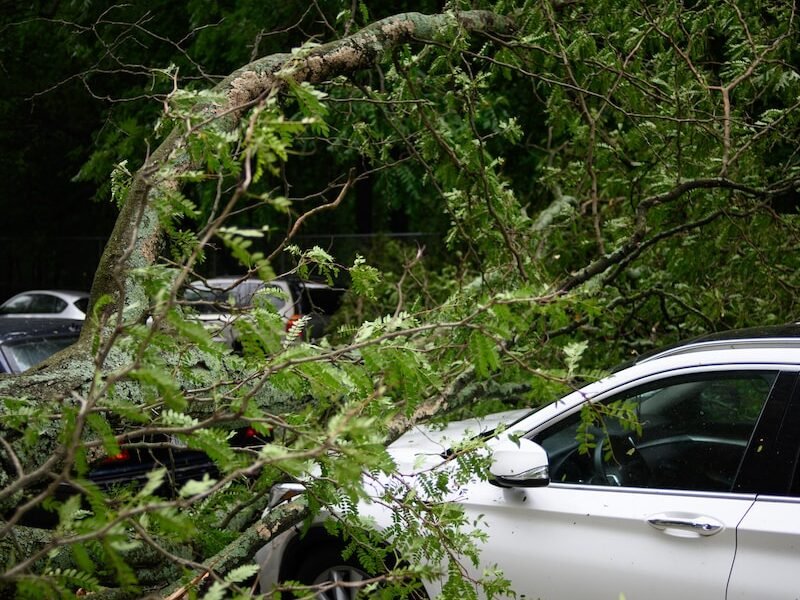In a relentless assault on the pockets of drivers, the year 2023 has delivered yet another bitter blow. A recent survey reveals that car insurance costs, already on a remorseless upward trajectory, are poised to soar even higher before the year’s end.
As we traverse the first half of 2023, car insurance rates have already scaled a dizzying 17% incline. And, unfortunately for drivers, there’s no respite in sight. Brace yourselves for an additional 4% hike before the year’s closure, as reported by industry insiders.
The Burden on Drivers
The national average expenditure on a car insurance policy currently stands at a substantial $1,668, accounting for roughly 2.4% of the average household income. However, with this impending increase, the annual auto insurance price tag is set to reach an eye-watering $1,742 by the end of 2023. This is in stark contrast to the 12% rate hike experienced in 2022, a year that saw slight dips due to reduced claims filed during COVID-19 lockdowns.
Factors Driving the Surge
But what’s fueling this meteoric rise in car insurance costs? A multitude of factors are at play, including the ever-present specter of inflation, the escalating prices of auto parts, the increasing frequency of natural disasters, legislative shifts, and insurance companies grappling with monumental losses.
Allie Feakins, the Senior Vice President of Insurance at Insurify, explains, “Vehicle repair and maintenance costs have outpaced inflation and show no signs of slowing, leading insurers to increase auto insurance prices to keep up with the cost of higher claim payouts. Given the lag between regulator approvals and actual rate increases, consumers can expect rates to increase over the next 12 to 18 months. It’s more important now than ever to comparison shop.”
Seeking Savings
If you’re seeking solace for your beleaguered budget, consider exploring other auto insurance providers that offer lower monthly rates. Credible offers a convenient platform for you to shop around and find a personalized premium without leaving a dent on your credit score.
Highway to Expense: Michigan Leads the Pack
In the hierarchy of costly states for car insurance, Michigan reigns supreme, earning the dubious distinction of being the most expensive for three consecutive years. Over the last year and a half, premiums in the state have surged by a staggering 31%, with Michigan drivers forking out an average rate of $2,766—66% higher than the national average.
Chasing High Costs: New Mexico and Nevada
Meanwhile, New Mexico and Nevada aren’t far behind in this costly race. New Mexico witnessed premiums skyrocket by 38%, attributed to a rising number of traffic fatalities and the associated expensive claims. In Nevada, insurers took action to cope with the heightened risk of accidents, boosting premiums by 36%. Here, drivers face an average annual bill of $2,568—54% higher than the national average.
Limited Choices for High-Risk Drivers
The ripple effects of these exorbitant insurance rates are leading policyholders to explore alternative options. However, the choices for certain drivers may be narrowing. Influenced by record losses and climate-related catastrophes, insurers are scaling back operations in select states and exiting others, including the likes of Louisiana, Florida, and California.
Insurify warns, “As insurers struggle to remain profitable, companies will prioritize lower-risk drivers. Rates for drivers with an accident, ticket, or DUI on record will be significantly higher, and in some cases, insurers may refuse to provide coverage to high-risk drivers.”
Climate Change’s Impact
In an intriguing intersection of climate change and insurance, a separate report by Insurify uncovers one of the main culprits behind rising home insurance premiums—climate-driven risk. Notably, this phenomenon is also impacting car insurance rates.
The year 2022 bore witness to 18 climate disasters, each inflicting damages exceeding $1 billion, totaling a staggering $165.1 billion, according to the NOAA National Centers for Environmental Information (NCEI). The increasing costs associated with covering climate-related damages have prompted several insurers to retreat from markets exposed to a higher risk of natural disasters.
Betsy Stella, VP of carrier management and operations at Insurify, elucidates, “The frequency and severity of natural disasters have led to some geographical areas experiencing different types of weather events from what they’ve seen before. More vehicles are being caught and destroyed in fires and floods, and ice is sticking around longer, increasing the likelihood of collisions. This has led to auto insurers paying a higher number of—and a higher price for—customer claims. As a result, customers are seeing higher premiums as insurers increase prices to cover these losses.”
Finding Relief
If you find yourself grappling with the burden of escalating premiums, don’t hesitate to explore alternative auto insurance providers. Visit Credible, where you can compare offerings from multiple providers swiftly, securing the best rate for your unique circumstances.
With car insurance costs continuing to climb, it’s essential for drivers to stay informed and proactive in seeking affordable coverage options. The road ahead may be expensive, but with the right choices, you can navigate it without breaking the bank.
Download our app MadbuMax on the Apple App Store for the latest news and financial tools. Interested in getting your finances in order do not forget to check Dr. Paul Etienne’s best-seller book on personal finance. To access more resources, tools, and services please click here. Also, do not forget to follow Dr. Etienne on IG or Twitter.





